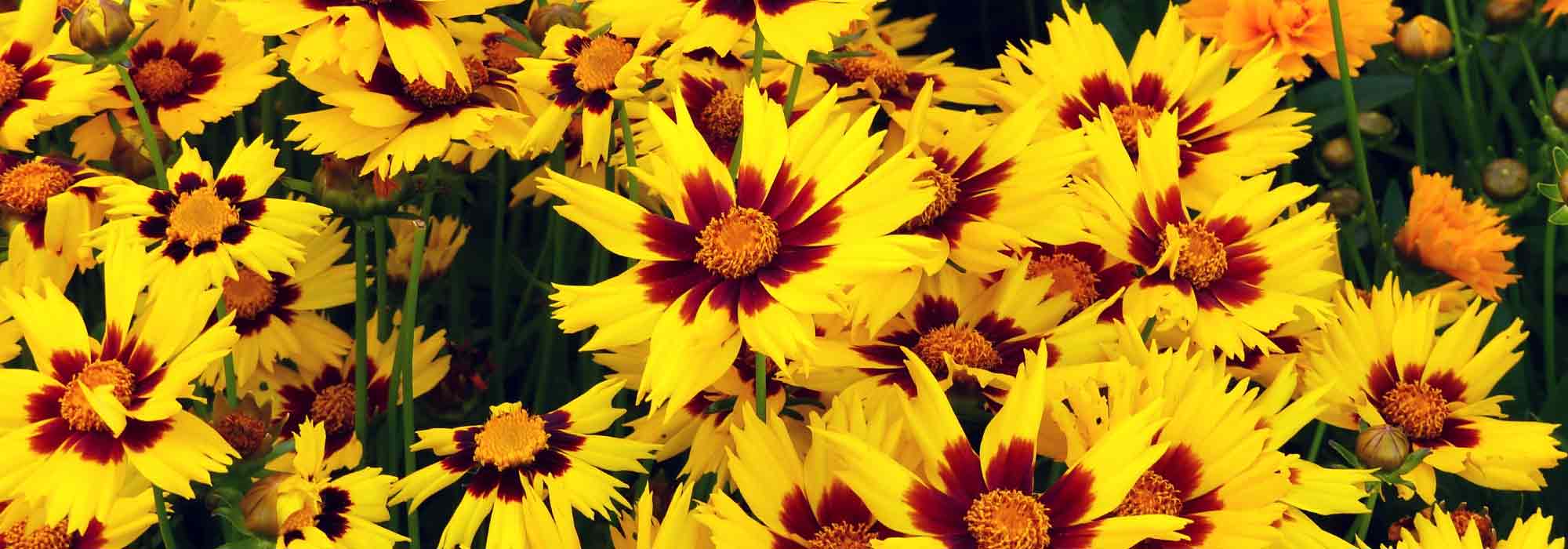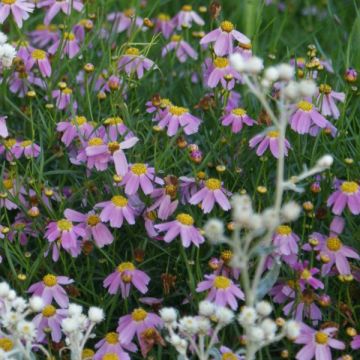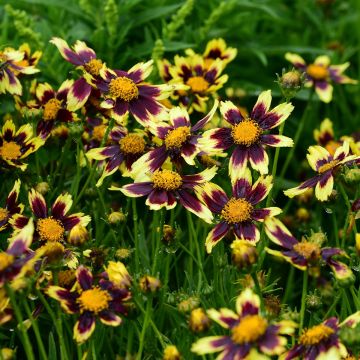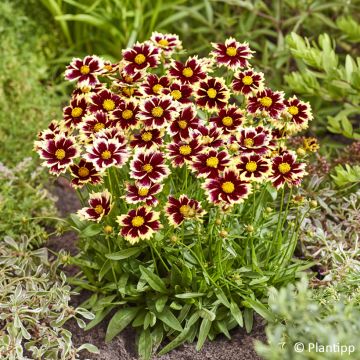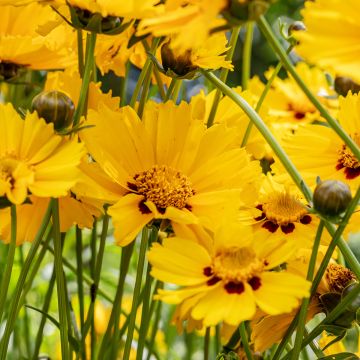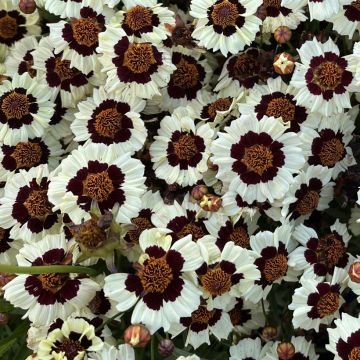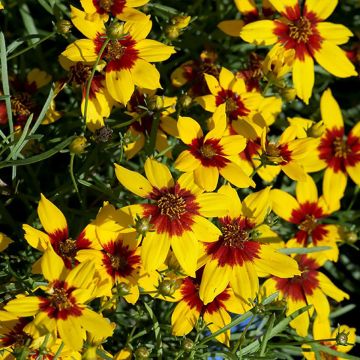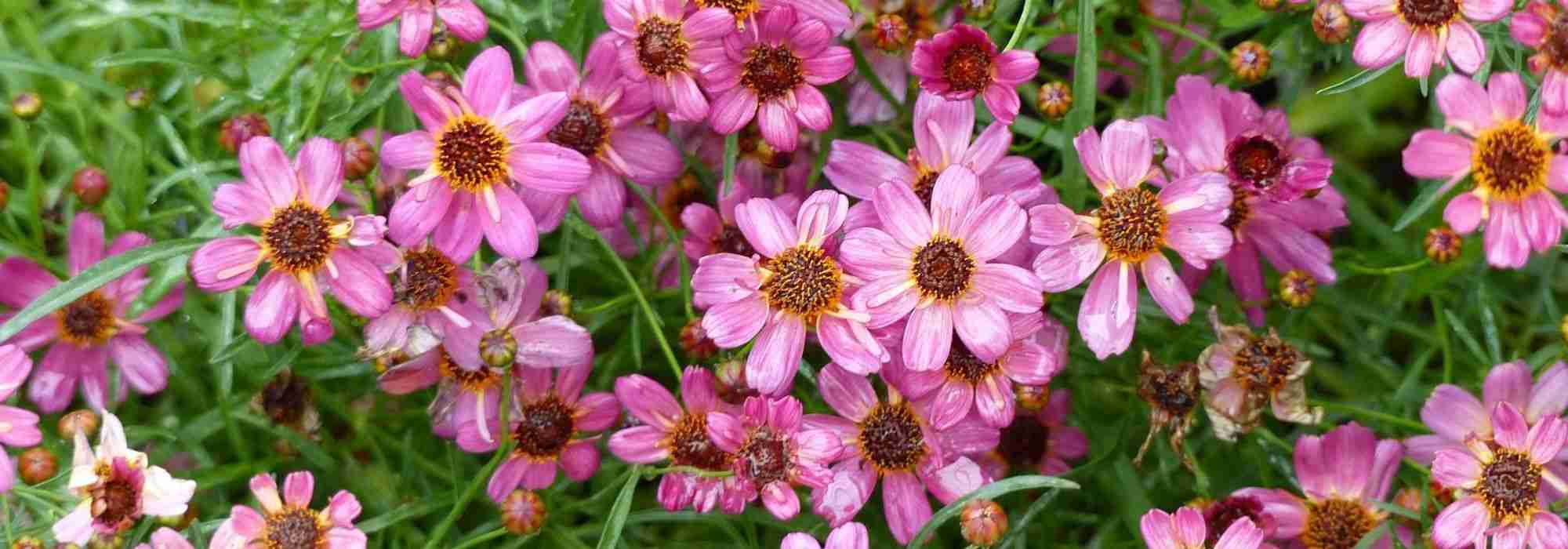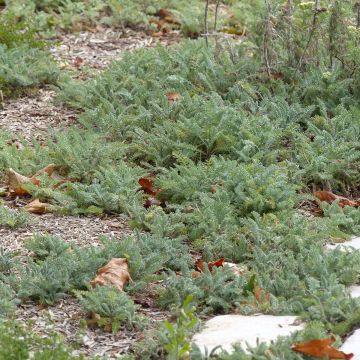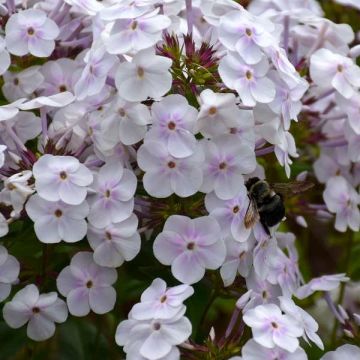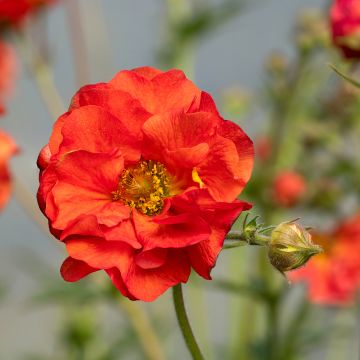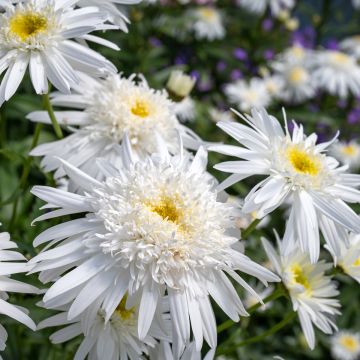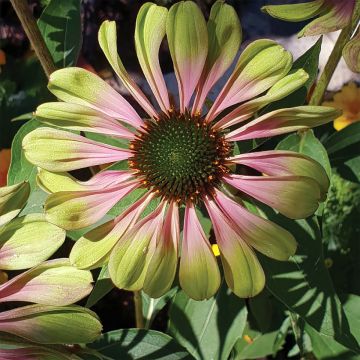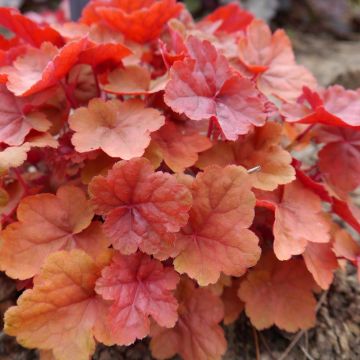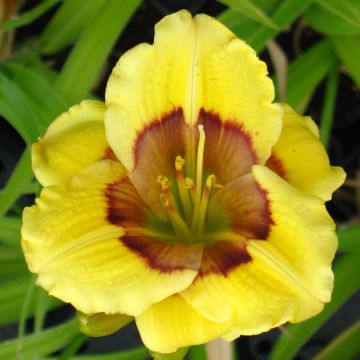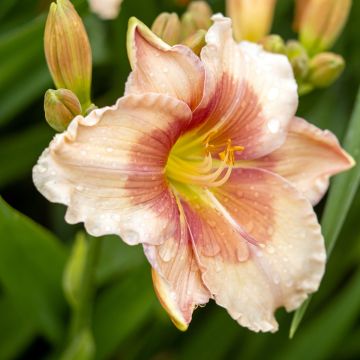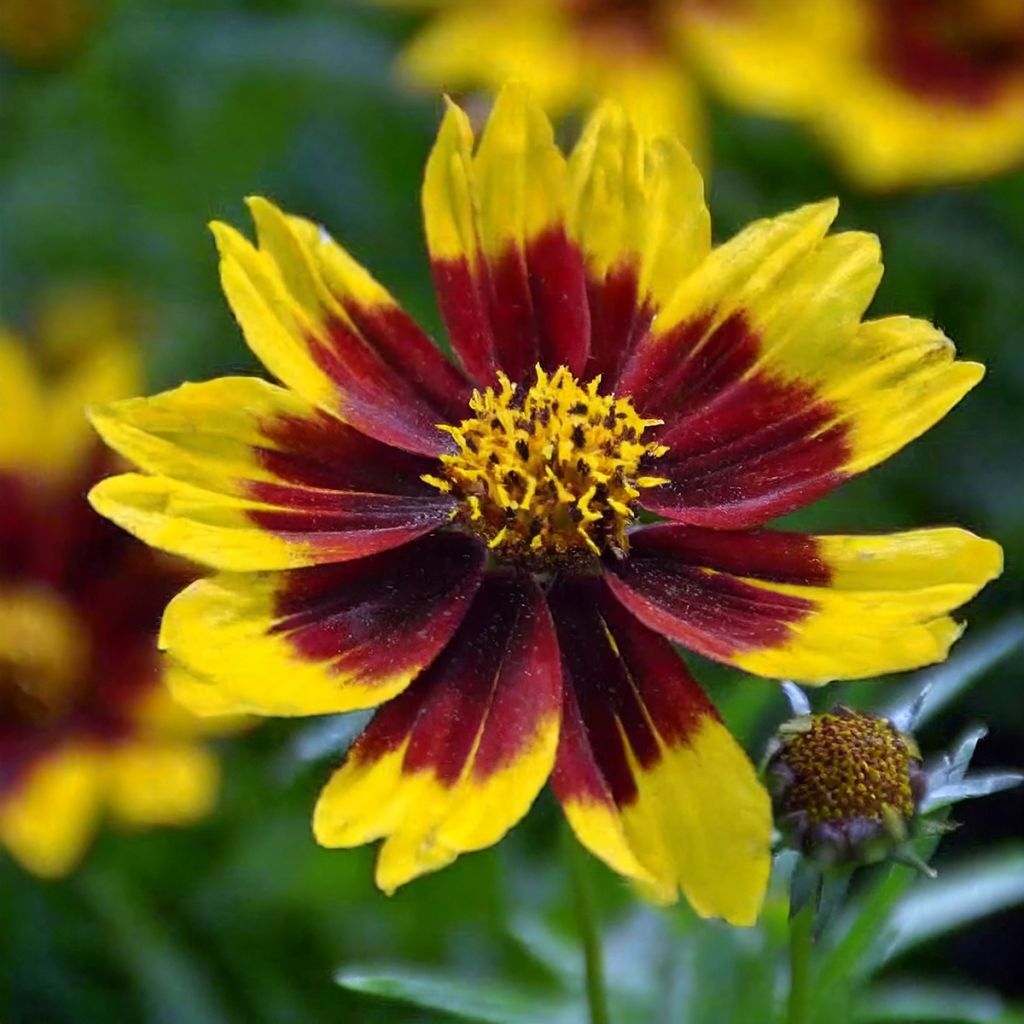

Coreopsis Golden Stardust
Coreopsis Golden Stardust
Coreopsis (x) grandiflora Golden Stardust
Large-flowered Tickseed, Golden Tickseed
Special offer!
Receive a €20 voucher for any order over €90 (excluding delivery costs, credit notes, and plastic-free options)!
1- Add your favorite plants to your cart.
2- Once you have reached €90, confirm your order (you can even choose the delivery date!).
3- As soon as your order is shipped, you will receive an email containing your voucher code, valid for 3 months (90 days).
Your voucher is unique and can only be used once, for any order with a minimum value of €20, excluding delivery costs.
Can be combined with other current offers, non-divisible and non-refundable.
Home or relay delivery (depending on size and destination)
Schedule delivery date,
and select date in basket
This plant carries a 12 months recovery warranty
More information
We guarantee the quality of our plants for a full growing cycle, and will replace at our expense any plant that fails to recover under normal climatic and planting conditions.
Would this plant suit my garden?
Set up your Plantfit profile →
Description
Coreopsis 'Golden Stardust' is a highly floriferous perennial plant with large, brightly coloured flowers, perfect for adding life to terraces and balconies throughout the summer. It is also a hardy variety that brings a lot of colour to sunny borders and rockeries. It is easy to maintain and thrives in sunny locations with light, rich, and well-drained soil.
Coreopsis 'Golden Stardust' is a horticultural variety selected by Blair Winner from Santa Paula, California, in the United States. It is a herbaceous perennial plant from the Asteraceae family, like daisies and dandelions. It has remarkable cold resistance, with its crown able to withstand temperatures as low as -20°C. Although it is a perennial, it is not uncommon to cultivate it as an annual due to its rapid growth and ability to flower abundantly from a young age. Its continuous flowering quickly exhausts the plant, which has a lifespan of only 2 or 3 years. This 'Golden Stardust' cultivar forms a small, dense and well-branched clump of about 40 cm in all directions within a few months. Its flowering begins in June and continues until September-October if you regularly prune the faded flowers. Its flowers are 5 to 6 cm heads carried on slightly hairy stems. They have golden yellow ligulate florets with a reddish mahogany base, arranged in a collar around a small yellow centre. This exuberant flowering attracts pollinating insects. The vibrant green foliage, consists of opposite, lanceolate, entire leaves, occasionally incised at the base, and almost sessile (without a petiole). The above-ground vegetation of this coreopsis is deciduous: it emerges from the ground in spring and dries up in autumn.
Coreopsis grandiflora 'Golden Stardust' is a good plant for borders, slopes, and rockeries that are not too dry in summer. It is also a classic choice for flower-filled terraces. And its flowers make cheerful cut flowers. It pairs perfectly with wallflowers in warm tones and dwarf asters, love-in-a-mist and perennial flax. This small plant blends harmoniously into slightly wild environments, adding a touch of colour to these natural spaces, especially when combined with grasses, yarrow, or coneflowers. Whether in a pot, container, or in the ground, it flowers abundantly from the first year, offering a magnificent spectacle throughout the summer with minimal watering.
Flowering
Foliage
Plant habit
Botanical data
Coreopsis
(x) grandiflora
Golden Stardust
Asteraceae
Large-flowered Tickseed, Golden Tickseed
Cultivar or hybrid
Other Coreopsis - Tickseed
View all →Planting and care
The large-flowered coreopsis dislikes winter humidity and very clayey, heavy and compact soils. This plant requires full sun to flower well. It likes soil that is light, rich and not too dry, porous, always well-drained, slightly acidic, neutral and slightly chalky. Under these conditions, plants flower and live for a long time. To promote flower production, regularly remove faded flowers. Pruning in July will promote autumn regrowth. This will also extend the life of the plant. Rejuvenate exhausted clumps by splitting every 3 years or so.
Planting period
Intended location
Care
Planting & care advice
This item has not been reviewed yet - be the first to leave a review about it.
Similar products
Haven't found what you were looking for?
Hardiness is the lowest winter temperature a plant can endure without suffering serious damage or even dying. However, hardiness is affected by location (a sheltered area, such as a patio), protection (winter cover) and soil type (hardiness is improved by well-drained soil).

Photo Sharing Terms & Conditions
In order to encourage gardeners to interact and share their experiences, Promesse de fleurs offers various media enabling content to be uploaded onto its Site - in particular via the ‘Photo sharing’ module.
The User agrees to refrain from:
- Posting any content that is illegal, prejudicial, insulting, racist, inciteful to hatred, revisionist, contrary to public decency, that infringes on privacy or on the privacy rights of third parties, in particular the publicity rights of persons and goods, intellectual property rights, or the right to privacy.
- Submitting content on behalf of a third party;
- Impersonate the identity of a third party and/or publish any personal information about a third party;
In general, the User undertakes to refrain from any unethical behaviour.
All Content (in particular text, comments, files, images, photos, videos, creative works, etc.), which may be subject to property or intellectual property rights, image or other private rights, shall remain the property of the User, subject to the limited rights granted by the terms of the licence granted by Promesse de fleurs as stated below. Users are at liberty to publish or not to publish such Content on the Site, notably via the ‘Photo Sharing’ facility, and accept that this Content shall be made public and freely accessible, notably on the Internet.
Users further acknowledge, undertake to have ,and guarantee that they hold all necessary rights and permissions to publish such material on the Site, in particular with regard to the legislation in force pertaining to any privacy, property, intellectual property, image, or contractual rights, or rights of any other nature. By publishing such Content on the Site, Users acknowledge accepting full liability as publishers of the Content within the meaning of the law, and grant Promesse de fleurs, free of charge, an inclusive, worldwide licence for the said Content for the entire duration of its publication, including all reproduction, representation, up/downloading, displaying, performing, transmission, and storage rights.
Users also grant permission for their name to be linked to the Content and accept that this link may not always be made available.
By engaging in posting material, Users consent to their Content becoming automatically accessible on the Internet, in particular on other sites and/or blogs and/or web pages of the Promesse de fleurs site, including in particular social pages and the Promesse de fleurs catalogue.
Users may secure the removal of entrusted content free of charge by issuing a simple request via our contact form.
The flowering period indicated on our website applies to countries and regions located in USDA zone 8 (France, the United Kingdom, Ireland, the Netherlands, etc.)
It will vary according to where you live:
- In zones 9 to 10 (Italy, Spain, Greece, etc.), flowering will occur about 2 to 4 weeks earlier.
- In zones 6 to 7 (Germany, Poland, Slovenia, and lower mountainous regions), flowering will be delayed by 2 to 3 weeks.
- In zone 5 (Central Europe, Scandinavia), blooming will be delayed by 3 to 5 weeks.
In temperate climates, pruning of spring-flowering shrubs (forsythia, spireas, etc.) should be done just after flowering.
Pruning of summer-flowering shrubs (Indian Lilac, Perovskia, etc.) can be done in winter or spring.
In cold regions as well as with frost-sensitive plants, avoid pruning too early when severe frosts may still occur.
The planting period indicated on our website applies to countries and regions located in USDA zone 8 (France, United Kingdom, Ireland, Netherlands).
It will vary according to where you live:
- In Mediterranean zones (Marseille, Madrid, Milan, etc.), autumn and winter are the best planting periods.
- In continental zones (Strasbourg, Munich, Vienna, etc.), delay planting by 2 to 3 weeks in spring and bring it forward by 2 to 4 weeks in autumn.
- In mountainous regions (the Alps, Pyrenees, Carpathians, etc.), it is best to plant in late spring (May-June) or late summer (August-September).
The harvesting period indicated on our website applies to countries and regions in USDA zone 8 (France, England, Ireland, the Netherlands).
In colder areas (Scandinavia, Poland, Austria...) fruit and vegetable harvests are likely to be delayed by 3-4 weeks.
In warmer areas (Italy, Spain, Greece, etc.), harvesting will probably take place earlier, depending on weather conditions.
The sowing periods indicated on our website apply to countries and regions within USDA Zone 8 (France, UK, Ireland, Netherlands).
In colder areas (Scandinavia, Poland, Austria...), delay any outdoor sowing by 3-4 weeks, or sow under glass.
In warmer climes (Italy, Spain, Greece, etc.), bring outdoor sowing forward by a few weeks.






























